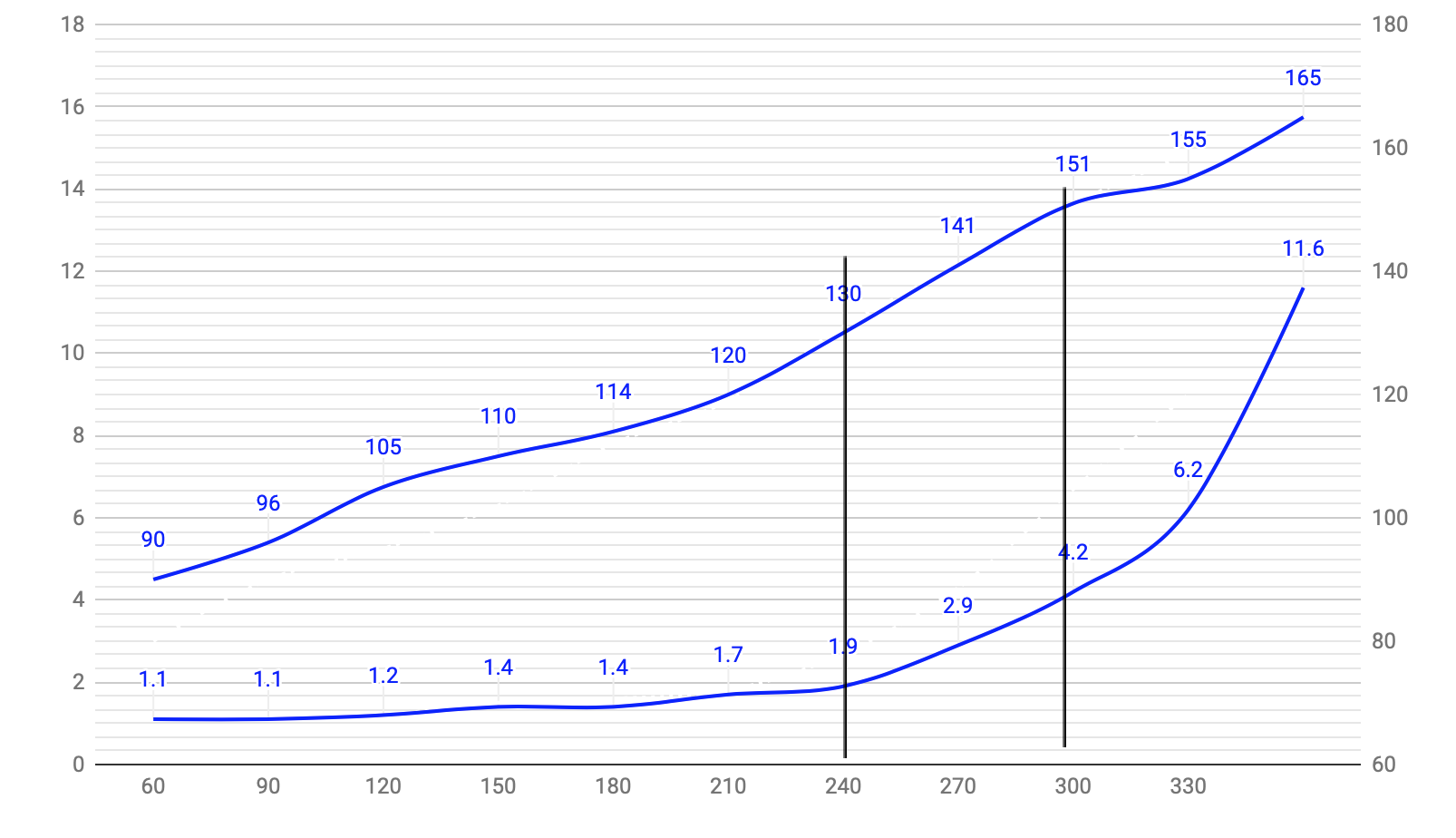"I knew when I left Tri Town that the LT testing was going to be a great investment. The value of the testing and the recommendations you made for me have made a tremendous difference in my training. I'm fully healed, have dropped about 10lbs, and am already faster in all three sports than at any time last year!"
-S Scholes, 2012.
Lactate threshold testing is one of the most valuable services we offer. It's used by elite athletes worldwide to determine key training metrics, including training zones, changes in fitness, and race day pacing.
Your test is conducted on a calibrated trainer in our store. You'll use your own bike, so bring everything you'd need for an indoor trainer session. The test takes starts with easy resistance that gradually increases every four to five minutes. After each interval, we take a small blood sample from your ear or finger, while recording your heart rate, power, and perceived exertion.
For a deeper understanding of how lactate threshold testing works, check out our detailed documentation here.
After the test, we'll review your results in detail and explain how to apply this data to reach your training and race goals. You’ll also receive a full report for future reference.
Cost: $125 + lactate strip costs (typically an additional $12-$20)
You can schedule your test online or in-store. We recommend scheduling at the beginning of a training block (to set optimal training zones) or at the end (to measure your progress).
.
A recovery week is a good time for lactate testing, but it's not required. Avoid intense workouts the day before, as the test results may reflect fatigue.
We recommend eating a balanced pre-workout meal 2–3 hours before the test. Hydrate as usual. You can drink and eat (if necessary) during the test.